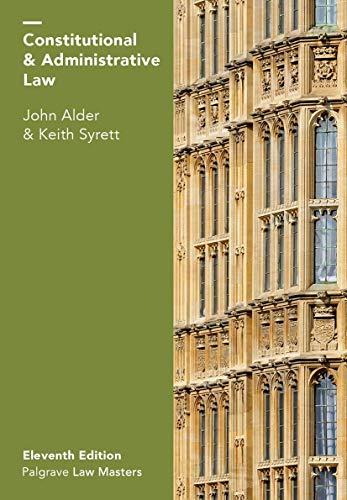Question
Questions 1 and 2 - The Supreme Court and the EPA The U.S. Supreme Court Court on Thursday significantly curtailed the power of the Environmental
Questions 1 and 2 - The Supreme Court and the EPA
The U.S. Supreme Court Court on Thursday significantly curtailed the power of the Environmental Protection Agency to regulate the nation's wetlands and waterways. It was the court's second decision in a year limiting the ability of the agency to enact anti-pollution regulations and combat climate change.
The challenge to the regulations was brought by Michael and Chantell Sackett, who bought property to build their dream house about 500 feet away from Idaho's Scenic Priest Lake, a 19-mile stretch of clear water that is fed by mountain streams and bordered by state and national parkland. Three days after the Sacketts started excavating their property, the EPA stopped work on the project because the couple had failed to get a permit for disturbing the wetlands on their land.
Now a conservative Supreme Court majority has used the Sacketts' case to roll back longstanding rules adopted to carry out the 51-year-old Clean Water Act.
While the nine justices agreed that the Sacketts should prevail, they divided 5-to-4 as to how far to go in limiting the EPA's authority.
1. The court's limiting of the EPA's power is an example of
Majority Rule
Rule of Law
Federalism
Checks and Balances
2. How could Congress respond to this ruling, if they decided they disagreed with it?
They could change how they enforce the legislation.
They could Override the ruling with a 2/3 vote.
They could pass new regulations adjusting the power of the EPA
They could choose different Justices
Step by Step Solution
There are 3 Steps involved in it
Step: 1

Get Instant Access to Expert-Tailored Solutions
See step-by-step solutions with expert insights and AI powered tools for academic success
Step: 2

Step: 3

Ace Your Homework with AI
Get the answers you need in no time with our AI-driven, step-by-step assistance
Get Started


